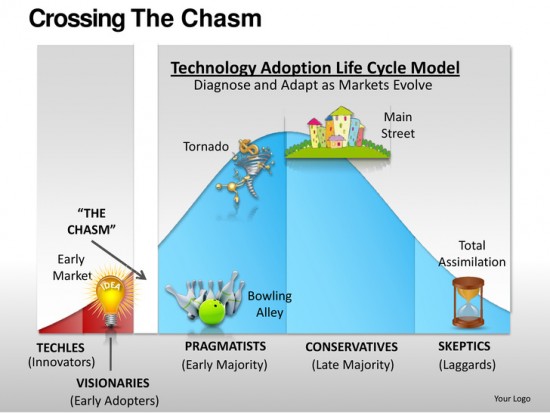
Customers are very good at sorting through hype. In the past couple of weeks Cisco, along with other vendors, has introduced new hyperconverged infrastructure (HCI)products. The competition has heated up and customers expect more substance in these systems – not just hype. They want products that deliver real benefits that can integrate easily into their current and future environments.
At Cisco our engineering and product management teams developed the requirements for Cisco HyperFlex based on what we have learned from our experience with tens of thousands of Cisco UCS customers of all sizes. A start-up, no matter how good their technology, just doesn’t have this type of insight. We realized that customers wanted us to solve a broader set of issues with HCI. They liked the benefits of HCI, but they didn’t want to add more complexity.
Hyperconverged Infrastructure Needs to Include the Network
Given our history and expertise, it’s not surprising customers felt that real hyperconverged infrastructure needed to include software defined networking and fabric, not just software defined storage. First generation HCI simplified management by bringing the storage closer to the server. We decided to solve more problems by bringing both the software defined networking and storage closer to the server. We also felt that superior data management and flexibility was necessary to provide better performance and to get beyond the constraints of an appliance-based approach to hyperconvergence.
Now that the dust has settled and the press and the pundits have made their comments, the real proof is what customers have to say. Customers have taken a close look and their response to Cisco HyperFlex™ has been even better than we expected. Here’s a video with testimonials from some of the initial HyperFlex customers. You can click and hear what they have to say.
Delivering the “Whole Product”
One of the great advantages of hyperconverged infrastructure is that it bridges gaps in a variety of different ways. Traditional infrastructure isolated compute, network and storage creating teams with distinct expertise and separate tools to manage each of these technologies. Cisco UCS servers and the industry leading Converged Infrastructure solutions we have developed with partners provide organizations with automation and orchestration that help to bridge many of these gaps. Best practices of storage, network, systems and virtualization experts are captured in workflows and what we call Service Profiles. The result is simplified infrastructure and operational management that generate significant costs savings.
Cisco HyperFlex builds on these customer benefits by extending the advantages of Cisco UCS and adding the efficiencies of the HX Data Platform. The Cisco HX Data Platform combines the cluster’s solid-state drives and spinning disks into a single distributed, multitier, object-based data store. It includes enterprise-class data management features that you expect from enterprise storage systems to support your entire application lifecycle: snapshots, thin provisioning, and instant, space-efficient cloning.
Hyperconvergence Crosses the Chasm
As Geoffrey Moore describes it in his book, Crossing the Chasm, Cisco has delivered a “whole product”. The platform delivers high availability through parallel data distribution and replication, speeded by the low latency and high bandwidth of the Cisco Unified Fabric. Data is continuously optimized with real-time, always-on deduplication and compression, helping to minimize your storage costs without impacting performance. Dynamic data placement in server memory, caching, and capacity tiers maximize application performance and redundancy. All of these capabilities result in better performance and savings without greater complexity. Customers are telling us they are amazed by the efficiencies, performance and fault tolerance benefits they are experiencing.

As a result, the pragmatists are now adopting hyperconverged infrastructure, and we are experiencing rapid growth in demand for Cisco HyperFlex. We are seeing examples of the “Bowling Alley” (see Figure 2) that Geoffrey Moore described in his book. There are market niches in industries and workloads where really strong demand exists for this technology. The two customers in the video, MemorialCare and Meander, are examples of one of these niches. They are in the healthcare vertical and their initial implementations of HyperFlex are for VDI applications.
We are also seeing broad demand for Cisco HyperFlex worldwide in a wide range of markets and different types of workloads. Customers are bringing in Cisco HyperFlex for one project. As they evaluate it and see the performance and other strengths of the system, they are implementing it in other areas. These are exciting times as pragmatic customers cut through the hype and begin implementing hyperconverged infrastructure.
Cisco is offering test drive workshops and regional events throughout the world. You can even evaluate Cisco HyperFlex at your desktop using Cisco dCloud, Cisco’s demo platform.
We encourage you to be pragmatic and check out Cisco HyperFlex for yourself.
Ken
For more information: cisco.com/go/hyperflex
Great insights.